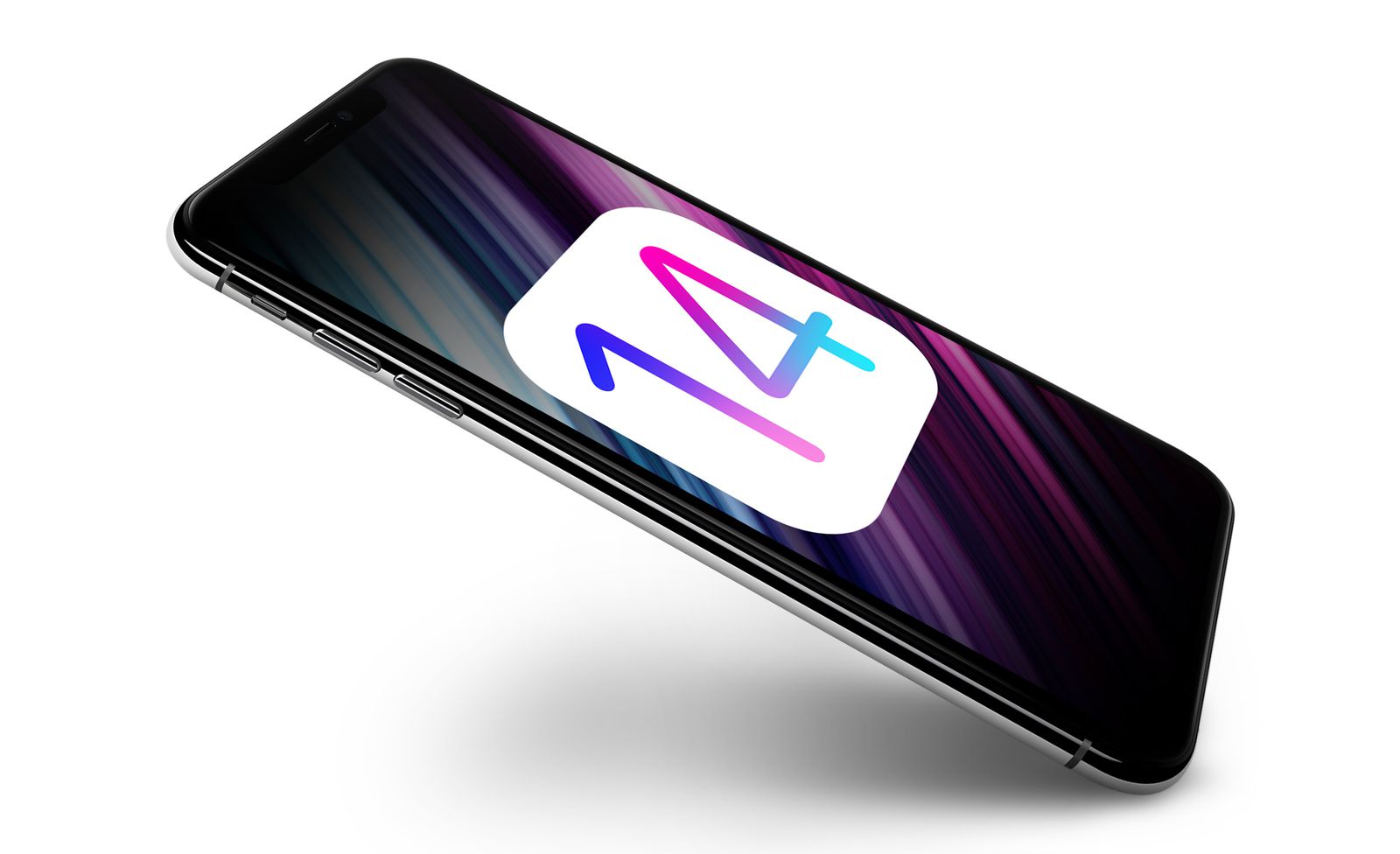
iOS 14 could offer home screen widgets and wallpaper customizations for the first time, according to 9to5Mac and Twitter user DongleBookPro.

Apple is reportedly working to implement widgets that can be moved freely around like icons on the iPhone and iPad homescreen for the very first time. The feature is reportedly codenamed “Avocado” and no other details are available. It was also mentioned that Apple is still working on implementing the feature and it may be scrapped.
In addition to home screen widgets, Twitter user DongleBookPro shared allegedly leaked screenshots of new wallpaper settings and customization options coming in iOS 14. The leaked screenshots reveal a new “Collections” menu that users can populate with their own photos. The new “iOS 13” column hints that Apple will not be removing wallpapers first introduced in iOS 13. It also appears Apple will be grouping similar wallpapers together in a more pleasant arrangement, as users will now be able to scroll left to right instead of top to bottom.
Hey @EveryApplePro, @MaxWinebach said you like wallpapers pic.twitter.com/4P8BrMzCkI
— Dongle (@DongleBookPro) April 4, 2020
The screenshot also mentions new “Home Screen Appearance” options which will allow users to alter the appearance of their current wallpaper. It appears users will now be able to select dark, dim, blurred, and normal versions of a wallpaper.
Apple is expected to announce iOS 14 at its WWDC 2020 event this June which will be held online.

